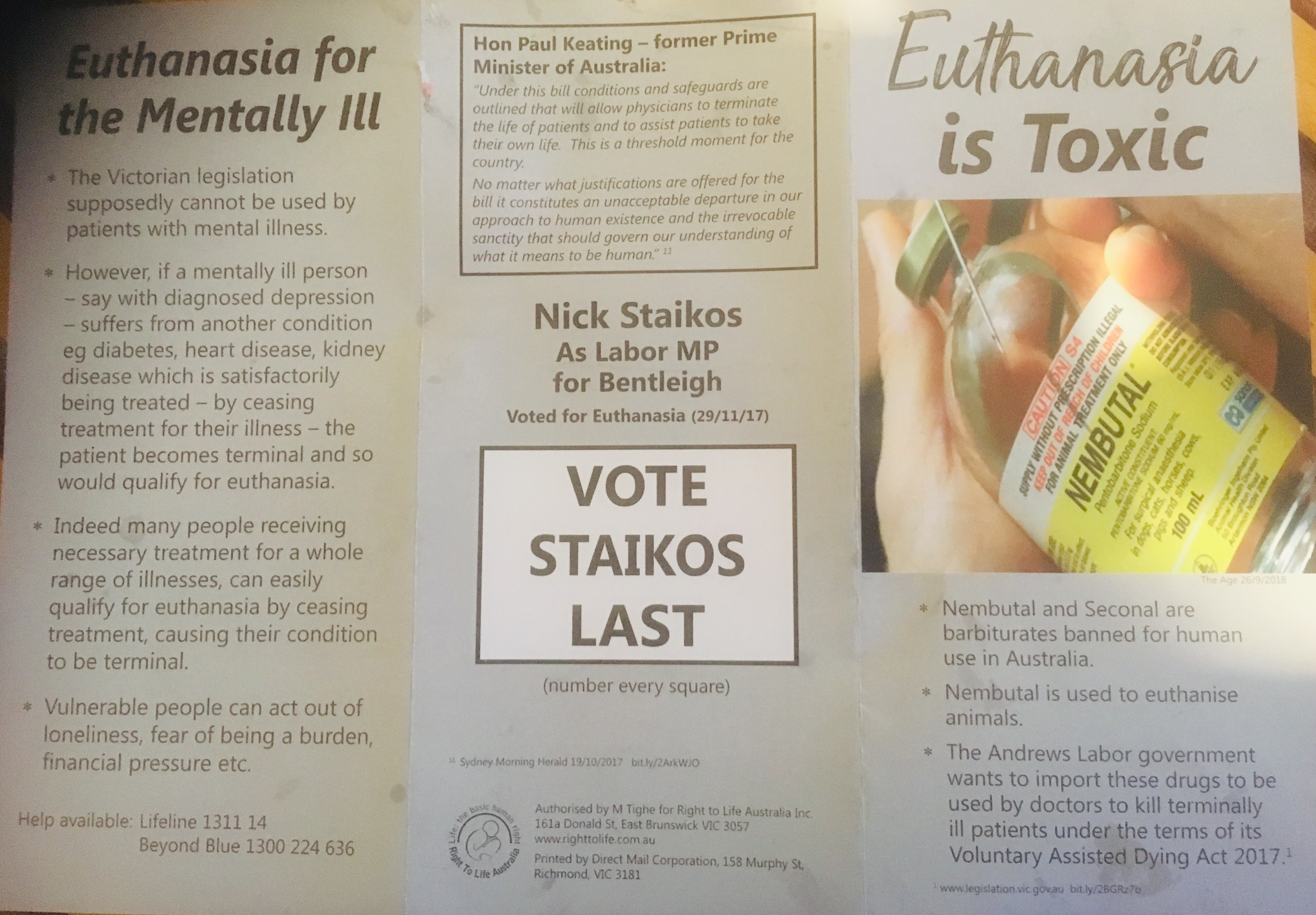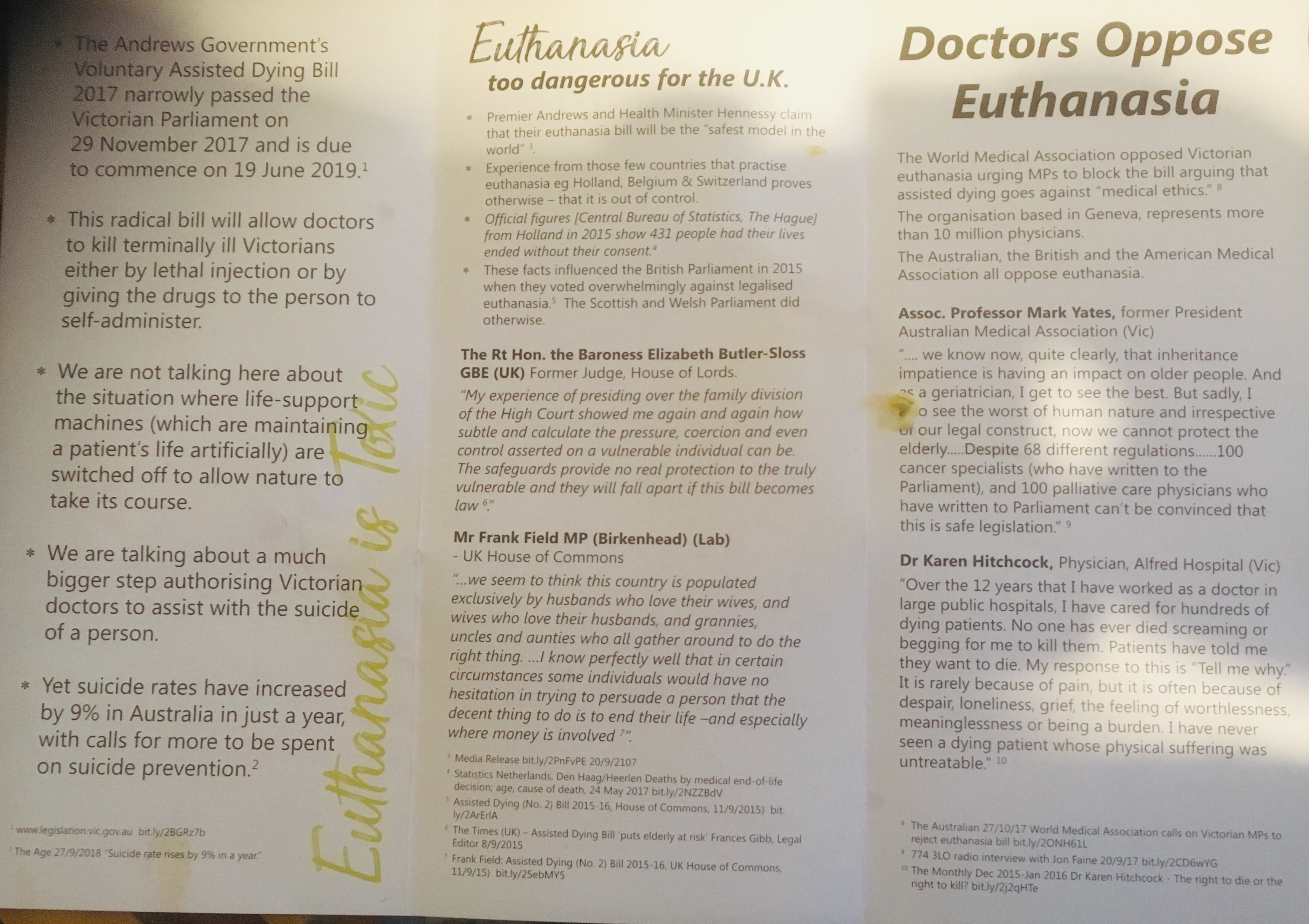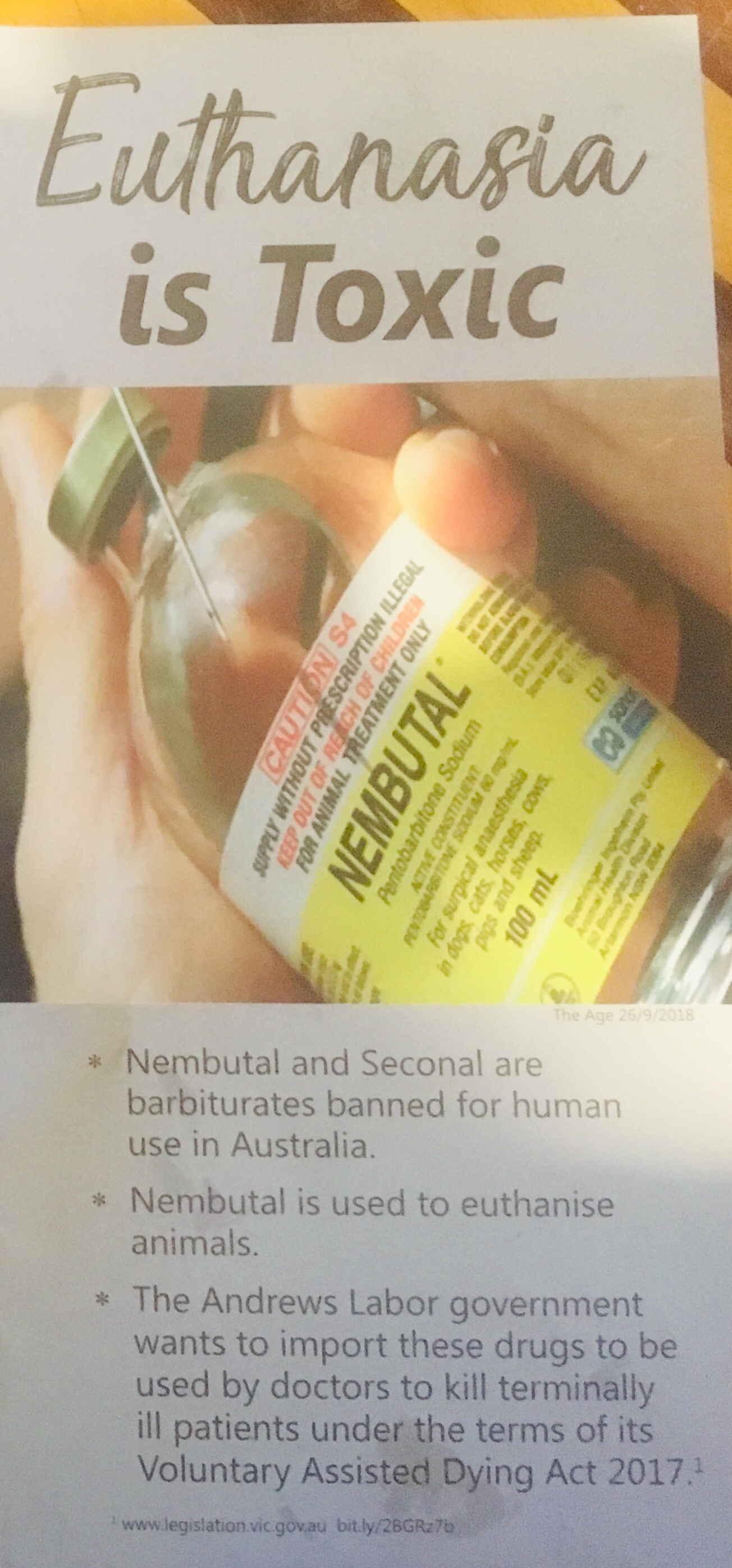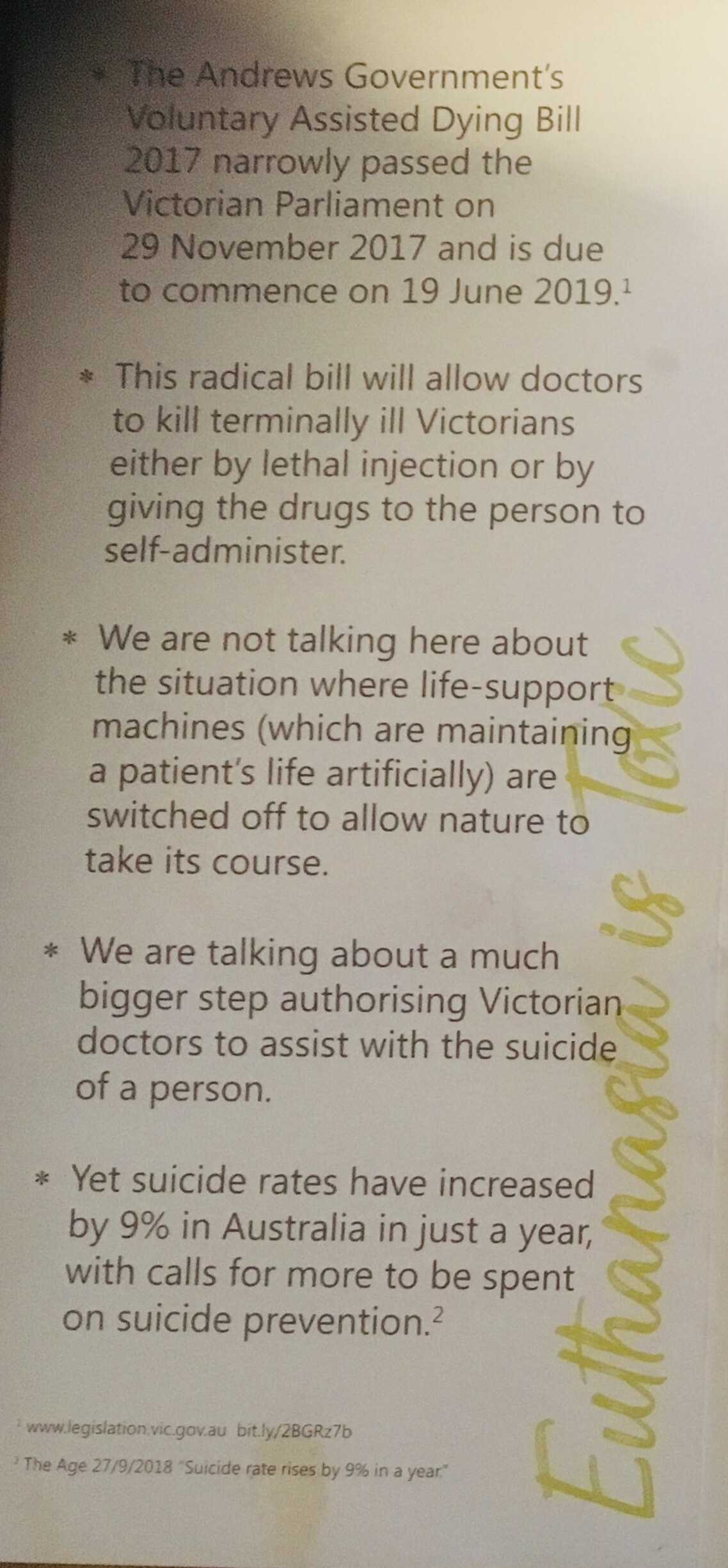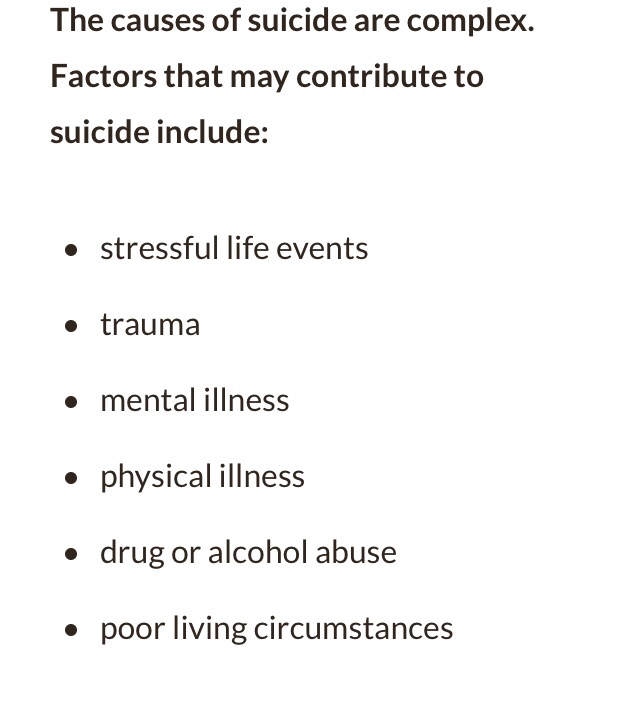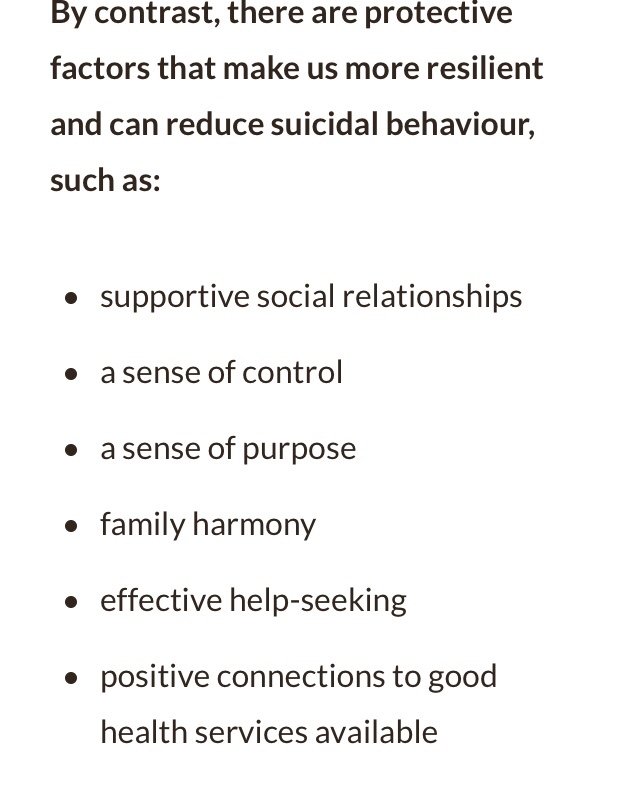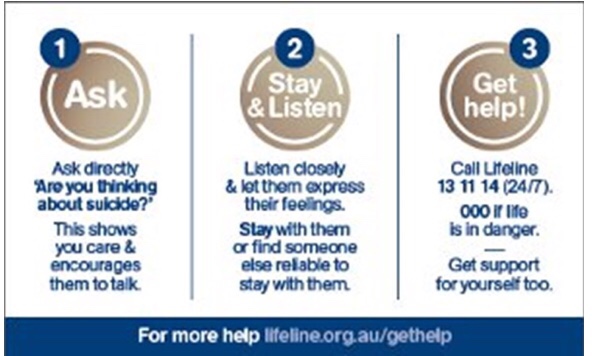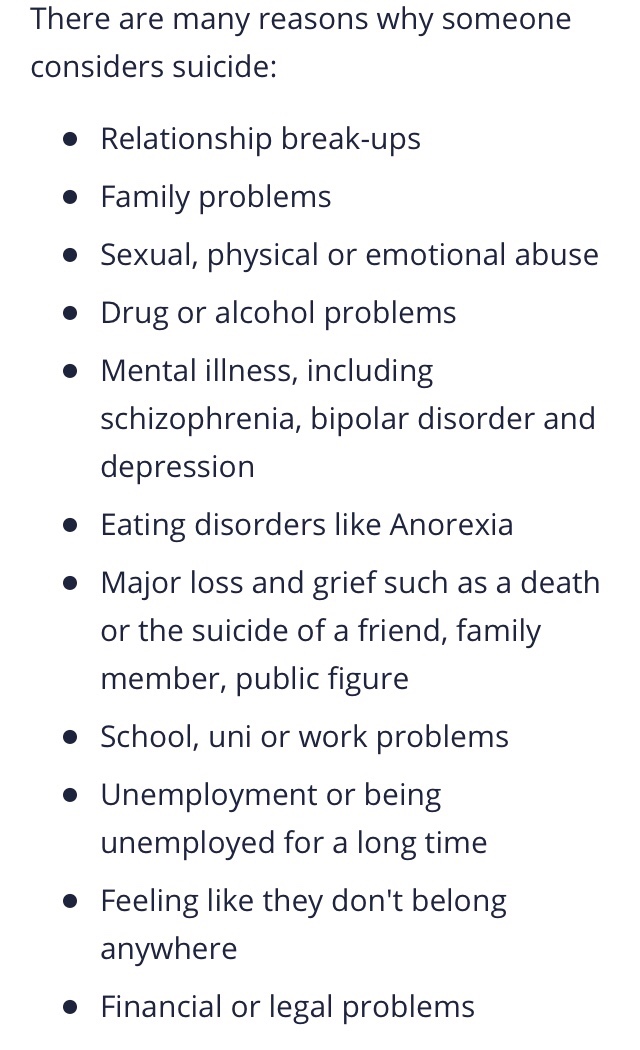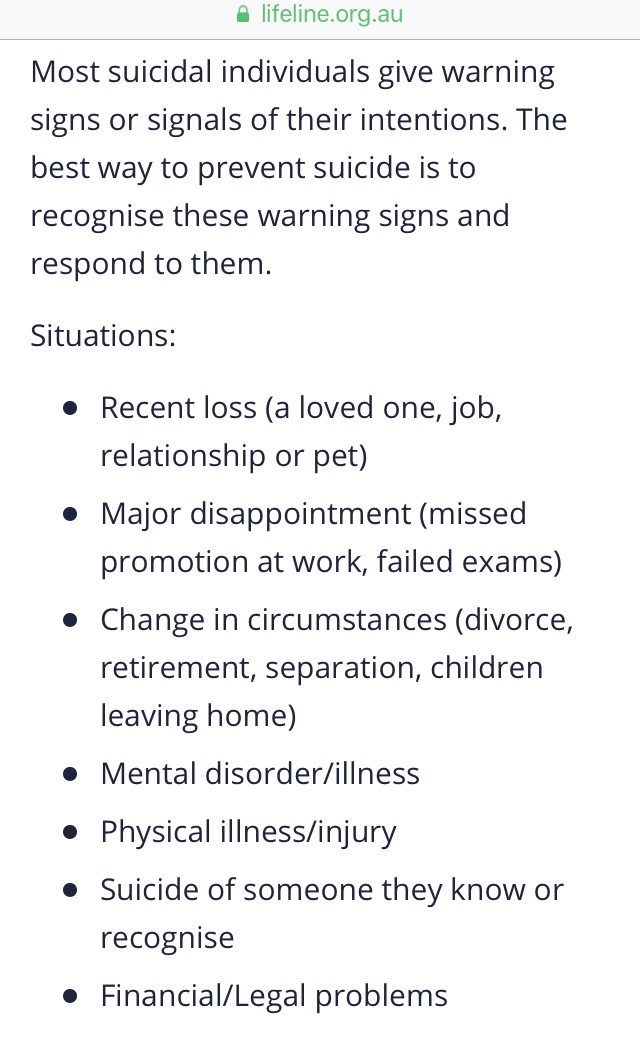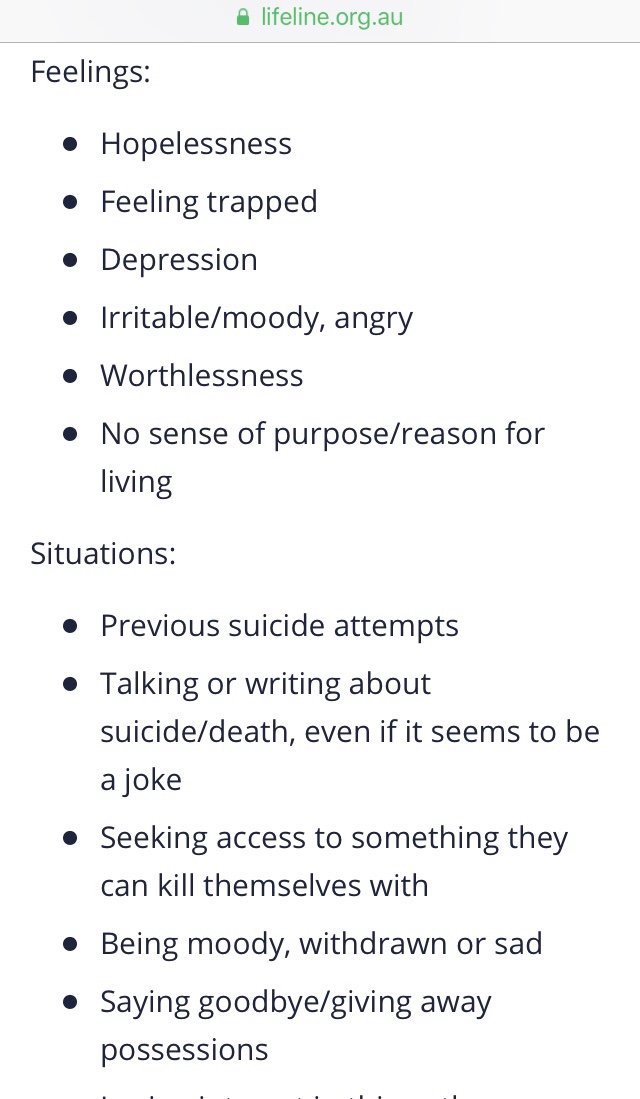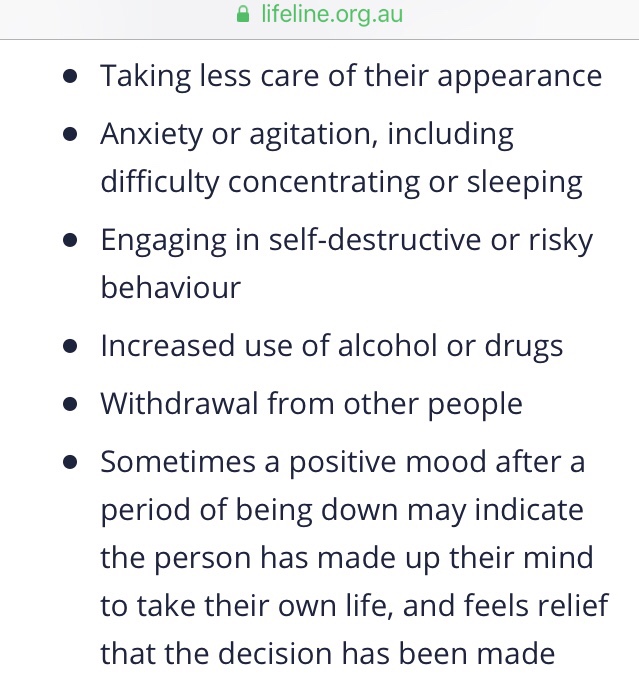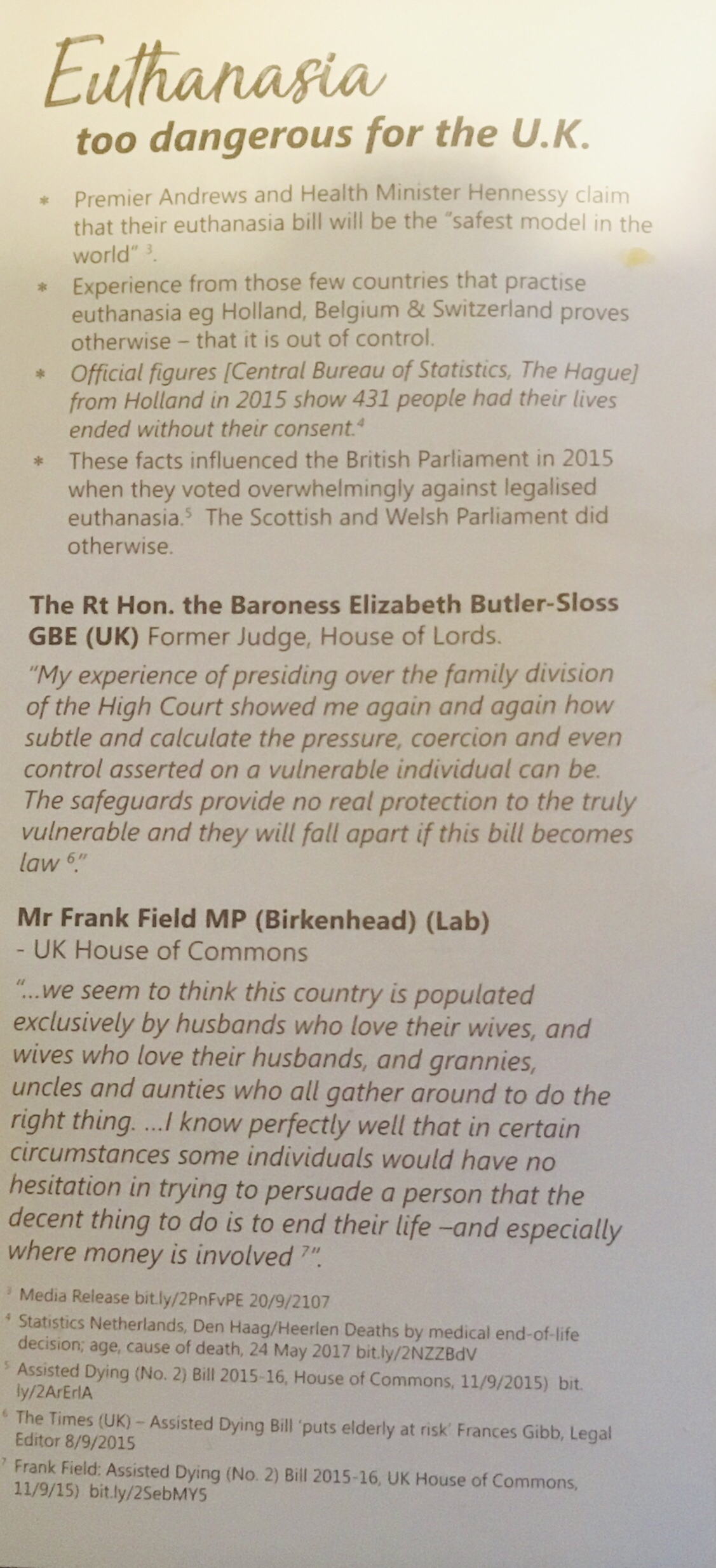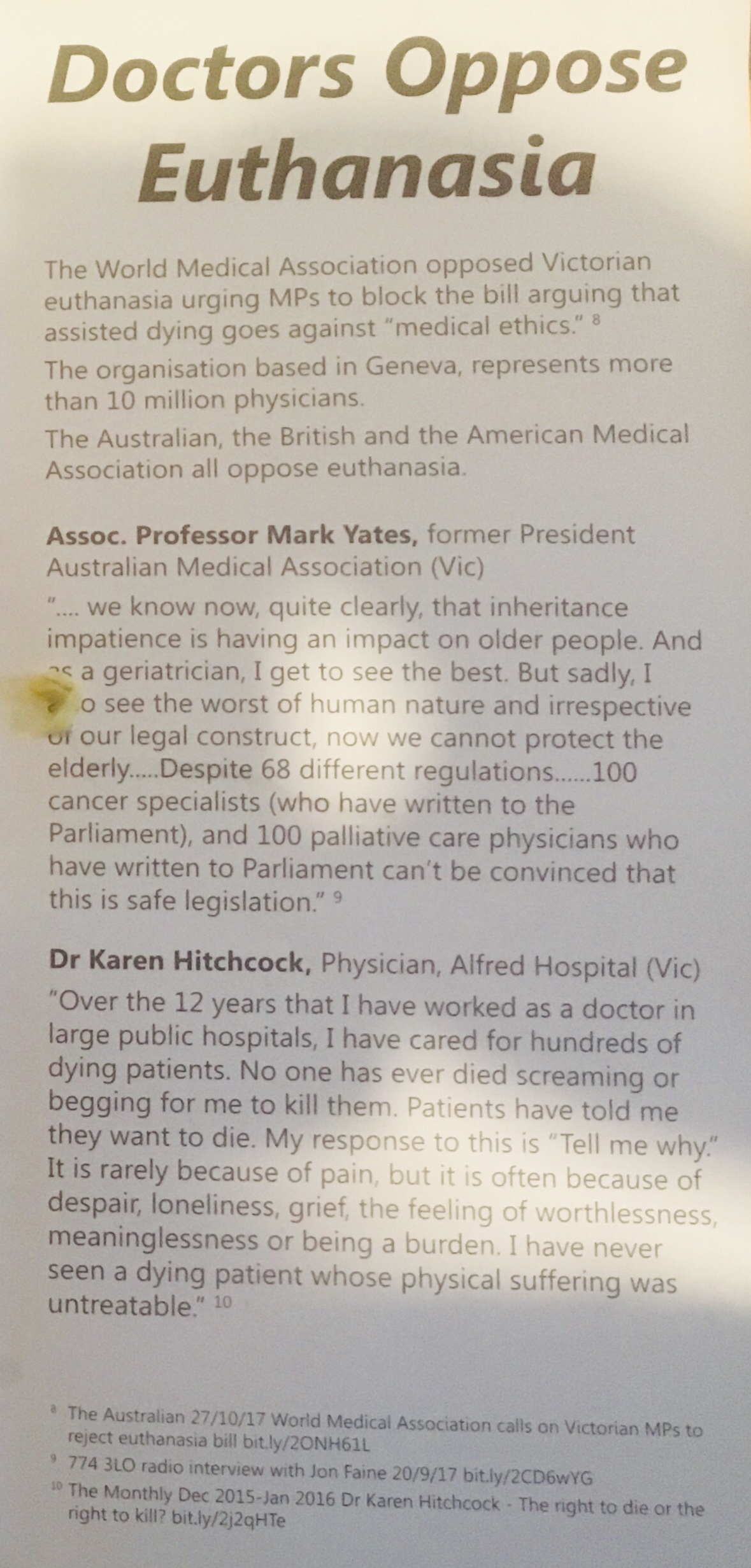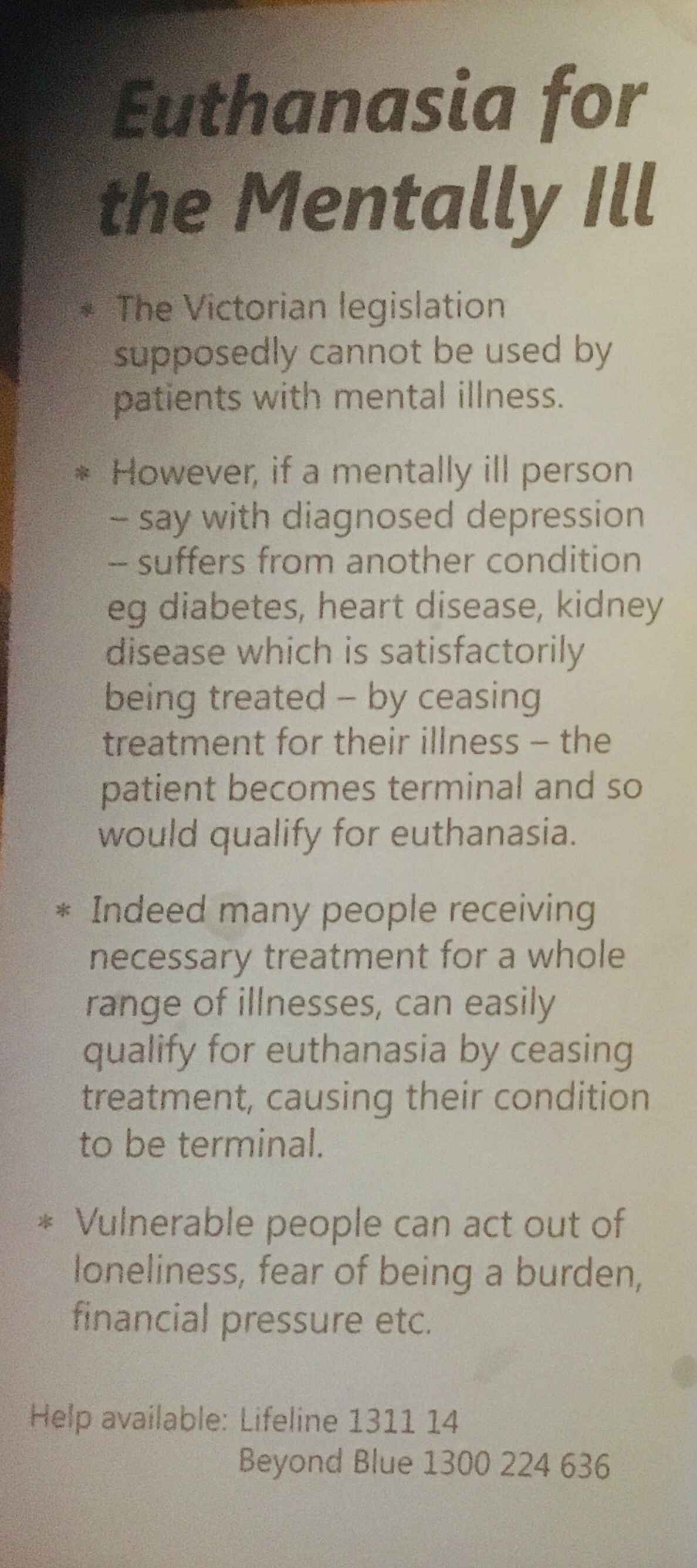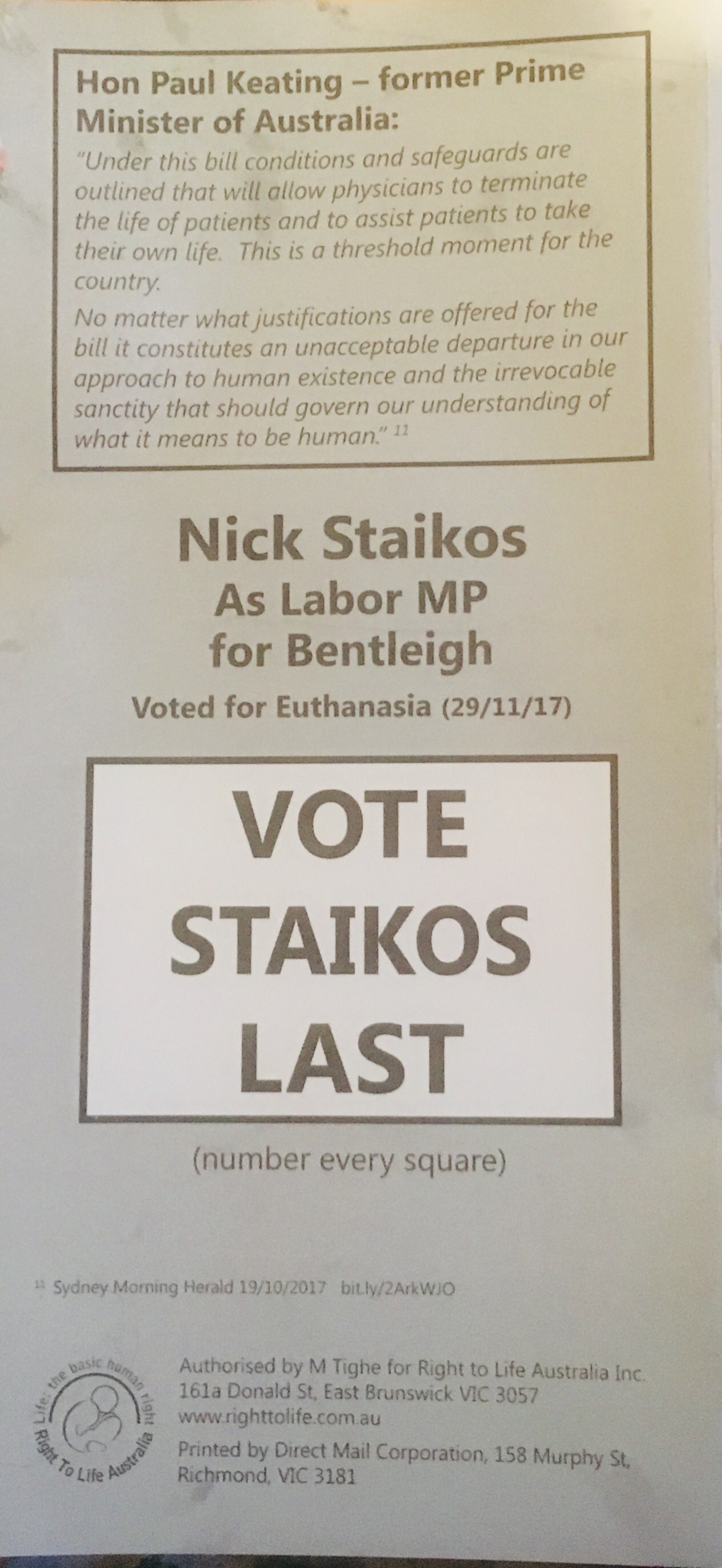Through a combination of good luck and good management, Australia has been far more fortunate than almost any other countries when it comes to the COVID-19 pandemic, at least so far. At the time of writing we have had fewer than a thirty thousand cases, less than a thousand deaths (overwhelmingly in one state, and predominantly in residential aged care), and have 39 active cases with only ten of those being treated as inpatients. In contrast, the Netherlands (with some 8 million fewer people) and Canada (with ~140% of our population) have had over a million cases and 15,000 deaths, and some 846,000 cases and over 21,000 deaths respectively.
This is a spectacular achievement, but it also means many Australians have been insulated from the realities of the pandemic that other countries have faced, particularly the pressure on hospitals, health practitioners, and resources, but also the rapidity of COVID-19 spread, especially the newly-emerged B.1.17. and 501.V2 or B.1.351 variants. This means the key driver of precautions (from social distancing to lock down) is not understood as being avoiding overwhelming health care capacity, and a commonly-held expectation that we can (easily) prevent any cases from entering the community. In other words, any cases of transmission are the result of human and/or system errors.
A week ago Victoria came out of a five-day stage four lock down triggered when a single case of the UK COVID variant entered the community at a pace that demonstrated its increased contagability. While this lock down achieved the aim of halting the spread at 25 cases, calls for a regional site with fly in-fly-out staff have increased. This would resolve the issue of community transmission from quarantine hotel workers in a country with little to no community presence of COVID-19 for months. A fly in, fly out workforce housed in purpose-build accommodation is used in a number of industries, particularly (but not solely) mining, so how hard could it be here?
Twitter user @mattiecamp described, in a 28-post thread on 5 February, many of the logistics involved in setting up a best practice quarantine-specific facility, from the physical space needed (single-storey living units separated by 2m buffers on all sides) to minimal capacity to flex numbers up or allow for family units of differing sizes. Some of these issues would be less difficult with a number of small facilities rather than a single national centre, but most of them persist regardless, and the greatest of these is workforce. Set aside, for now, the requirement of a well-equipped hospital with ICU capacity (because people with COVID can deteriorate rapidly) that would mostly be inactive, and focus on security, cleaning, catering, logistics, and waste management staff:
It’s this last restrictions, on staff members’ free time, that I’d like to discuss in a little more detail.
The comparison of a fly -in, fly our workforce for quarantine with mining isn’t as apt as it seems at first sight, because current FIFO workers get to go to the pub, shop, and interact with co-workers and locals in their downtime. Those activities would be prohibited for quarantine staff, whose only face-to-N95-masked-face interactions would be during working hours. That isolation would need to be maintained during the staff quarantine period between finishing their block of work and flying home – another fortnight of solitude or, if you recruited couples, unrelieved intimate proximity. Quarantine leave would need to be paid, take place in a physically separate space from quarantine residents and accommodation for staff on duty, and require its own dedicated catering and cleaning workforce (who also need accommodation and leave time), to avoid any cross infection. That doubles, at least, the number of staff needed.
In Victoria, hotel quarantine workers are screened every shift by an onsite doctor and COVID-tested by nurses; these tests are prioritised, so the results are most often available before the worker has finished their shift. To replicate that speed, so any transmission is detected and curbed before it spreads widely, means an onsite or nearby pathology lab working around the clock, The pathologists and supporting lab staff may not need to isolate, but would still need to fly in and out because regional facilities don’t have an abundance of people with that education and skill unutilised, and they would also need a purpose-built lab that allows them to treat the highly infectious samples without risking transmission.
I briefly mentioned earlier the need for a well-staffed hospital able to provide ICU-level care. That would be for anyone who develops severe COVID, but we would also need health care facilities for anyone who has an acute illness or a chronic condition requiring health care oversight – even, as we saw in the recent Victorian case, an acute asthma attack. At present these needs are managed by two specialty hotels – one for people who have tested negative but have health care requirements (from assistance because of a physical disability to people requiring oxygen from preexisting cardiorespiratory disease), and one for people who’ve tested positive to SARS-CoV-2, whether or not they have signs or symptoms. Anyone in the health hotel who returns a positive test is transferred (with strict precautions) to the hospital hotel for close monitoring.
I haven’t been clinical during the pandemic, but I worked in an infectious disease ward during the swine ‘flu and bird ‘flu pandemics. As with COVID-19, most of my patients were well, with only a few (or no) symptoms, but I’ll never forget the speed with which one patient with H1N1 deteriorated. I’ve changed Mai’s identifying details* to maintain her confidentiality.
A 27-year-old business woman who had been visiting family, Mai had been afebrile when leaving China, but admitted later that she had experienced some low-level cold symptoms (headache, congestion and a sore throat) for the last two or three days of her holiday, but they were very mild and she dismissed them. Over the course of her flight to Melbourne Mai developed a runny nose and a cough, and on screening at Tullamarine had a low-grade fever. She was transferred from the airport and directly admitted to the ward (bypassing the emergency department) with a presumptive diagnosis of “novel influenza A (H1N1),” which was confirmed when a nasopharyngeal swab was positive for the virus. For the first two days of her admission Mai was mostly bored, rather than ill. Her temperature sat between 37°C and 37.6, her oxygen saturation was at or above 94%, and she had no real difficulty breathing.
On the morning of her third day in hospital Mai reported feeling hot and, for the first time, felt slightly short of breath during her shower, and needed to sit down. She still didn’t have a fever and her vital signs (blood pressure, pulse, respiratory rate and oxygen saturation) were all consistent with her previous readings, but I started monitoring them every two hours instead of every four, and notified the Infectious Diseases team. Although her vital signs were still unremarkable at 10AM, they were all a little off – pulse and respiratory rate a little higher, oxygen saturation and blood pressure a little lower, and she looked less well. A review by her doctors about an hour later found new changes on auscultation (listening to her lungs with a stethoscope during breathing and while tapping different fields), and a portable chest x-ray confirmed pneumonia. I inserted a cannula, took repeat bloods (Mai had already had blood taken for routine biochemistry at 6AM, as usual) and began the intravenous fluids and broad spectrum antibiotics prescribed by her doctors. The blood work revealed that Mai’s kidney function was deteriorating, so I inserted a urinary catheter to monitor her output and rechecked her vital signs.
It was now 12:30, and Mai’s needed oxygen via a mask to keep her saturation above 90%, her respiratory rate had risen from 22 at 10AM to 40 breaths per minute and a lot of effort, and her blood pressure was dropping while her pulse rate was rising – Mai was developing septicaemia, and her increased rate and work of breathing weren’t sustainable for long. The ICU consultant reviewing Mai decided to admit her, she was intubated on the ward, and by 1:30PM she was in intensive care on a ventilator, with intravenous medication helping to maintain her blood pressure and correct her pH.
I’ve included this story to illustrate just how quickly some people can deteriorate, and why high level health facilities are needed alongside any kind of quarantine centre. My experience with Mai (who survived her admission and recovered her renal function) made me concerned when the federal government decided to quarantine the first people returning to Australia on Christmas Island, as it’s a four-hour flight to the nearest major hospital. While her trajectory was unusually rapid, Mai’s case wasn’t unique.
COVID, especially the more contagious variants, requires a high level of vigilance, so staff will need to rotate regularly frequently – say a three week block of work (21 consecutive days on), two weeks of quarantine, and two weeks leave. Attracting people to spend 70% of their time in lock down won’t be easy, even if the work is well remunerated, so we need to factor in ongoing recruitment costs (advertising, assessing applications, interview, HR processing, training and orientation) and retention strategies (including robust mental health support programs) to the budget.
Those are just some of the off-the-top-of-my-head issues with a FIFO quarantine model. It’s not impossible, and it may be necessary, but it would be hugely more expensive in every respect (including environmental), and take a substantial toll on workers. Creating a whole new quarantine system will not only be vastly more expensive but also have its own flaws and hiccups that won’t all be evident until it rolls out.
In comparison, the current system (though absolutely imperfect) avoids most of the issues I’ve identified. Instead of scrapping it, we would be better to address the problems that have been identified with it. There are two that contributed to last week’s cases: ventilatory systems that aren’t hospital quality, and the use of surgical masks that aren’t as effective as more expensive, less comfortable high filter masks.
In response to the transmission, Victoria’s quarantine hotels have rolled out the use of N95 masks for all staff at all times they’re onsite, except for breaks (which are staggered and monitored), which will substantially reduce the risk of another air-borne transmission from a quarantined resident to a staff member, and their infection control protocols are continuously reviewed to identify areas for improved practice. It remains to be seen if this measure will be enough, or if ventilatory systems need to be upgraded in quarantine hotels as well. Testing of existing hotel ventilation in the dedicated hospitals is planned, if not underway, which will inform that decision making. It’s the nature of this virus that we are still learning about it, and the picture is continuing to change, which means many responses are necessarily reactive rather than proactive.
What’s the take home message from all these words? I don’t have a problem with a FIFO-like quarantine worker system, but it’s not the simple answer that critics of the current system portray. If you’re still not convinced, ask yourself how likely you’d be to apply for a position that requires high-level vigilance combined with monotonous work, uncomfortable PPE that must be worn for all but half an hour of your eight or ten hour shift, mandatory shift work, little or no input into your time off, living in an anonymous government-designed suite for five weeks out of seven, with only your colleagues for company (and that only during shared breaks). Victoria had an awfully long lock down last year, and we were still allowed to leave our homes for exercise and essential shopping, care giving, and seeking health care. Only the last of these would be available to FIFO quarantine workers. What salary would be enough to attract you to those conditions? How long could you manage it?
*These changed details may include the type of pandemic influenza she had, her name, age, ethnicity, health background, presentation, and the precise sequence of events, but not the timeframe or outcome




 Like so many posts, this started as a Facebook response, in this about an advertised
Like so many posts, this started as a Facebook response, in this about an advertised 

